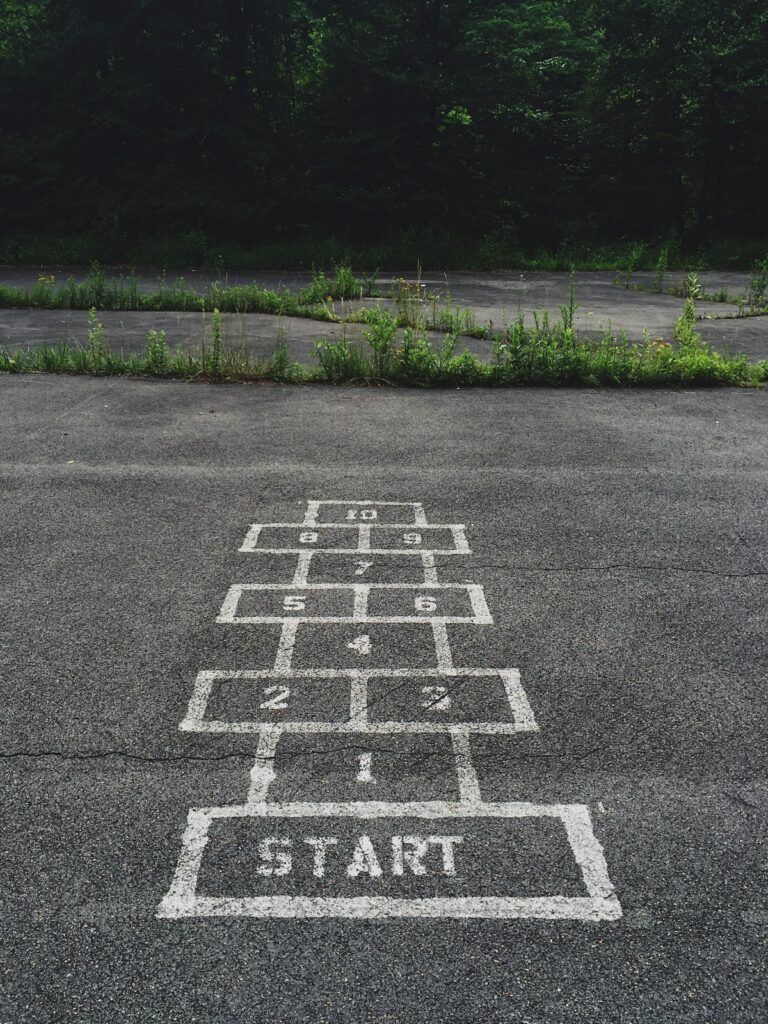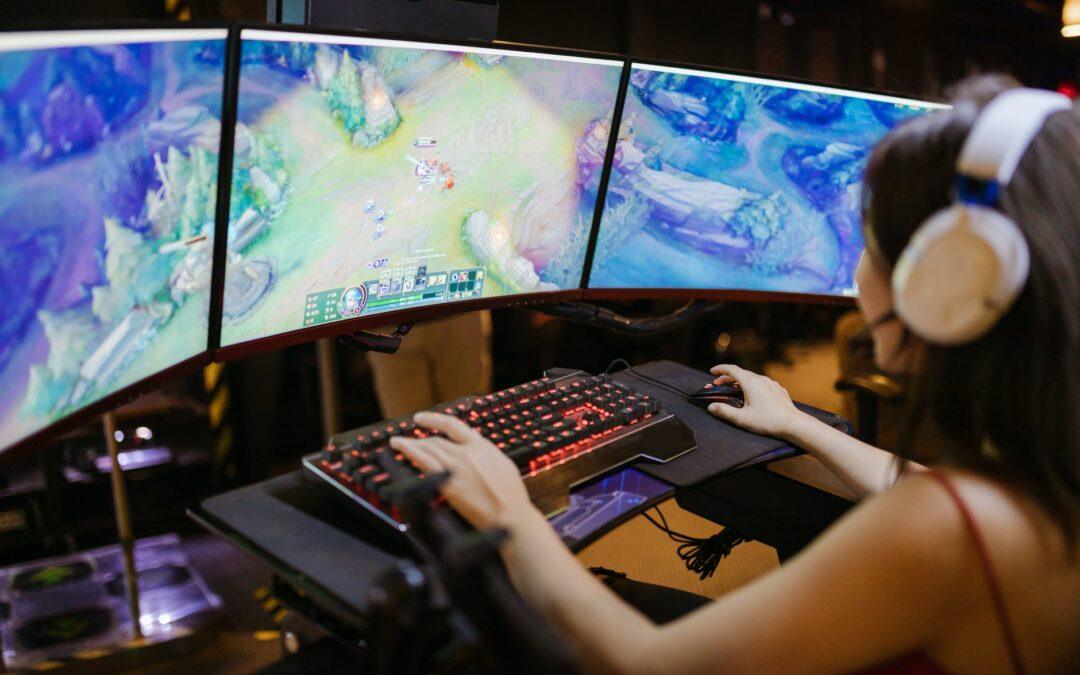What would happen if elements of games and game design techniques became part of our social life and did not remain anchored to the world of play? This question brings us back to a concept that has recently become known to the general public, Gamification, but what is it really? And why is it important?
Just reading the term ”gamification” brings us back to the word from which it derives, namely ‘game’, but specifically what do we mean when we talk about gamification? The term gamification was introduced in 2010 and its most widely used definition is: the use of game design elements in non-gaming contexts to achieve a certain objective.
The question arises as to how an activity such as gamification can help; in fact, it has been proven that gamification is able to convey messages of various kinds and also to activate responses from users, who are in fact the main target of this tool that stimulates active behaviour that allows them to achieve specific objectives, both personal and collective!

But why does play actually help us to be more active and increase our tendency to achieve certain goals?
It is interesting to understand why and how gamification works on us, numerous researches conducted have found that human beings possess an innate instinct to play, this is because playing helps us to learn by making mistakes and trying again, this process has in fact incredibly helped the development of some of our vital skills such as cooperation, exploration and the ability to follow certain complex rules. Besides, who doesn’t like being gratified, competition, and raising one’s social status?
These are some of our primary instincts that the game stimulates, a concept that was also indicated by the psychologist Bandura, and this is how gamification works, going to satisfy the desires of gratification and satisfaction.
Having said that, it is important to specify how every day we come across this phenomenon without even realising it, when? It is only when we use Facebook that we come across gamification, because a like on one of our contents gratifies us, and as we have seen, it is precisely the gratification we seek from the game!
Gamification works well in many marketing strategies that large companies use. Already in 1987 McDonald’s used the technique of gamification, in fact by purchasing specific products the customer received tickets for the game Monopoly, the objective became to collect all the pieces of the same colour for a chance to win a prize, this clearly increased sales.

But can gamification be used as a useful tool in education and therefore as social innovation?
Of course it can, for a long time learning through games has been a very functional tool, especially in our school system, in this regard we can mention ludodidactics.
With the development of the humanistic-affective approach, which places the student and his learning experience at the centre, playful didactics has become a recognised methodology: in fact, games are able to eliminate the emotional filter (anxiety, fear of not succeeding, fear of judgement) that hinders learning, triggering what Krashen in the field of glottodidactics called the Rule of Forgetting (Krashen 1982): that is, the importance of forgetting that you are learning when you are learning. Moreover, with the game the studentis fully involved in the learning process, since he is actively involved in the construction of knowledge.
For playful teaching the role of the teacher is important, and it is important to specify that it is not enough for the teacher to say to the pupils “let’s play a game”, playful teaching is a methodology: it varies its tools according to the changing educational needs, but it holds firm to certain points such as the centrality of experience, self-motivation and self-assessment. The game and the rules, therefore, must be thought out and worked out on a case-by-case basis: playful teaching is not, as many would have it, a recipe book, it is more a workshop of tools that the good teacher knows how to adapt to educational needs. In this sense, every game (from board games to old-fashioned games, from interpretation games to ad hoc games) is functional to an objective, congenial to a learning style. Among the various methods of didactic play we can find the crossword puzzle, in fact it is the grid itself that launches the game and provides everyone with the same tools for discovering, reconstructing, imagining, trying and finally guessing its solutions. This type of game also does not create anxiety and does not increase competition, so these types of games are highly efficient and do not become potential traumas for children in a competitive area such as a classroom.
As we see if gamification is used, and is also functional, within the school, then yes we can consider it a real educational tool. The secret, as we have seen, is to find games that are actually educational, then introduce them within both schools and workplaces for older children, allowing active teaching in a context of long-life learning.








